Name Sam Hose | ||
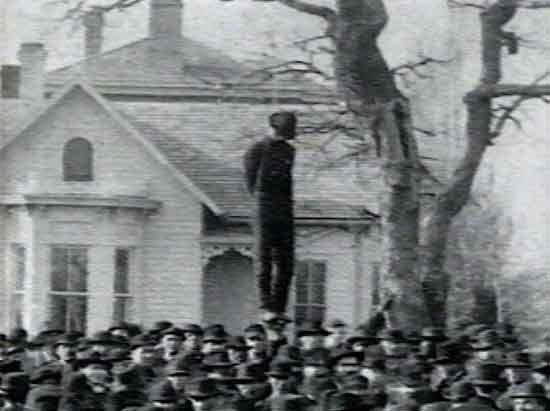 | ||
Died | ||
Sam Hose, a.k.a. Sam Holt, a.k.a. Samuel "Thomas" Wilkes, né Tom Wilkes (c. 1875 – April 23, 1899) was an African American worker who was tortured and executed by a lynch mob in Coweta County, Georgia.
Contents
- Personal life
- Accusation
- Following events
- Removed body parts for sale
- Post lynching investigation
- References
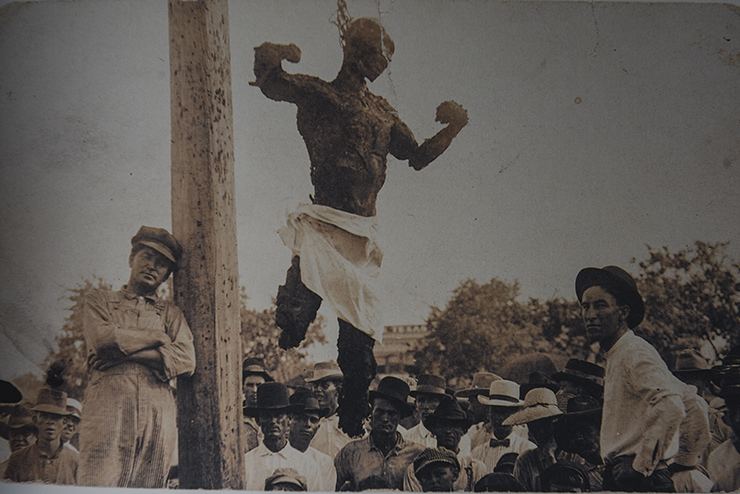
Personal life

Sam Hose was born Tom Wilkes in south Georgia near Marshallville (Macon County), circa 1875. He grew up on a Macon County farm owned by the Jones family; his mother was a long-time slave of the family.
Accusation
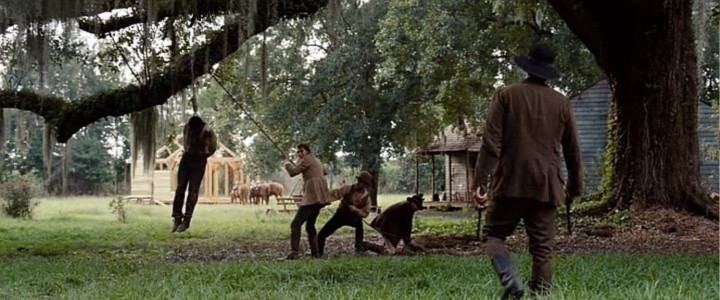
Wilkes moved to Coweta County, where he assumed the alias Sam Hose. On April 12, 1899, Wilkes/Hose was accused of murdering his employer, Alfred Cranford, after a heated argument. The argument was the result of Hose requesting time off to visit his mother, who was ill. Alfred Cranford threatened to kill Hose, and pointed a gun at him. Hose was working at the time with an ax in his hands. Due to the threat, he defended himself and threw the ax, killing Cranford. Wilkes fled the scene, and the search for him began shortly thereafter. Over the next few days, furor was caused by stories that arose suggesting that Wilkes sexually assaulted Cranford's wife, Mattie Cranford, and assaulted his infant child. On April 23, 1899, Wilkes/Hose was apprehended in Marshallville, and returned by train to Coweta County.
Following events
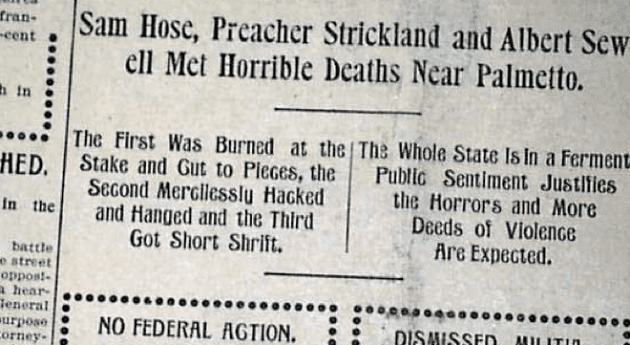
A mob removed him from the train at gunpoint in Newnan, Georgia. Former Governor William Yates Atkinson and Judge Alvan Freeman pleaded with the crowd to release Wilkes/Hose to the custody of the authorities. Ignoring their pleas, the crowd marched northward toward the Cranford home. The lynch mob grew, reaching an estimated 500 individuals, though some accounts purport around 2000. Once news of the capture reached Atlanta, large crowds boarded trains to Newnan. Mistakenly believing that these trains were loaded with troops, the mob stopped just north of Newnan.
Removed body parts for sale
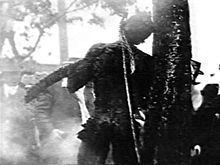
Newspapers reported that Wilkes'/Hose's ears, fingers and genitals were severed. The skin from his face was removed and his body was doused with kerosene. He was tied to a tree and burned alive. Some members of the mob cut off pieces of his dead body as souvenirs. According to Philip Dray's At the Hands of Persons Unknown: The Lynching of Black America, the noted civil rights leader and scholar W. E. B. Du Bois, who lived in Atlanta at the time, was on his way to a scheduled meeting with Atlanta Constitution editor Joel Chandler Harris to discuss the lynching, when he was informed that Hose's knuckles were for sale in a grocery store on the road on which he was walking. He turned around and did not meet with Harris after learning this.
Post-lynching investigation
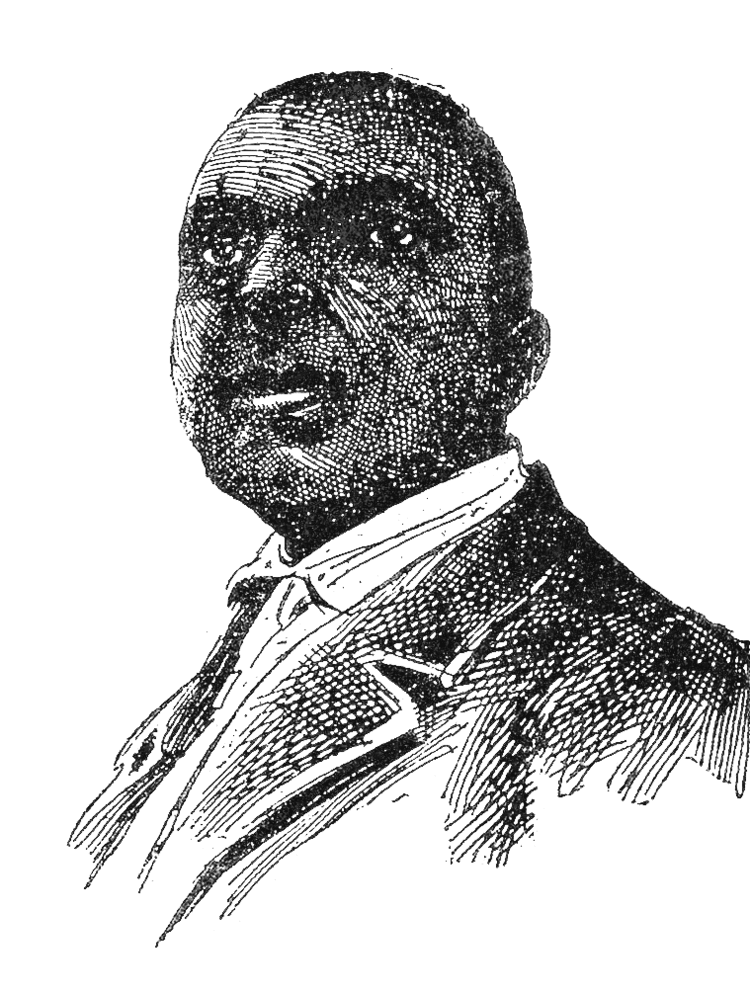
The actions of the lynch mob were condemned throughout most of the United States and Europe. A group of prominent citizens in Chicago, led by journalist and activist Ida B. Wells-Barnett, hired detective Louis P. Le Vin to investigate the Wilkes/Hose lynching. Mr. Le Vin’s entire report was published in Chapter IV of the Ida B. Wells-Barnett article, Lynch Law in Georgia.
Le Vin stated that he spent over one week in his investigation. He concluded that Wilkes/Hose acted in self-defense, and the rape allegation was added to incite a lynching. Mr. Le Vin stated that his conclusions were gathered from interviews with "persons he met in Griffin, Newman [sic], Atlanta and the vicinity". He does not provide the name of any individual who provided him his information, although this could have been due to their fear of reprisal for speaking out publicly. He stated that he was unable to speak to Mattie Cranford, because she "was still suffering from the awful shock". Mr. Le Vin’s report stated "that Wilkes killed Cranford there is no doubt, but under what circumstances can never be proven". Le Vin concluded his report with the statement, "I made my way home thoroughly convinced that a Negro's life is a very cheap thing in Georgia". In Lynch Law in Georgia, he stated:
Historian Leon Litwack states in Trouble In Mind: Black Southerners in the Age of Jim Crow that during an investigation by a white detective, that was separate to the Wells-organised investigation, Cranford's wife, Mattie, revealed that Hose had never entered the house, and had acted in self-defense.
